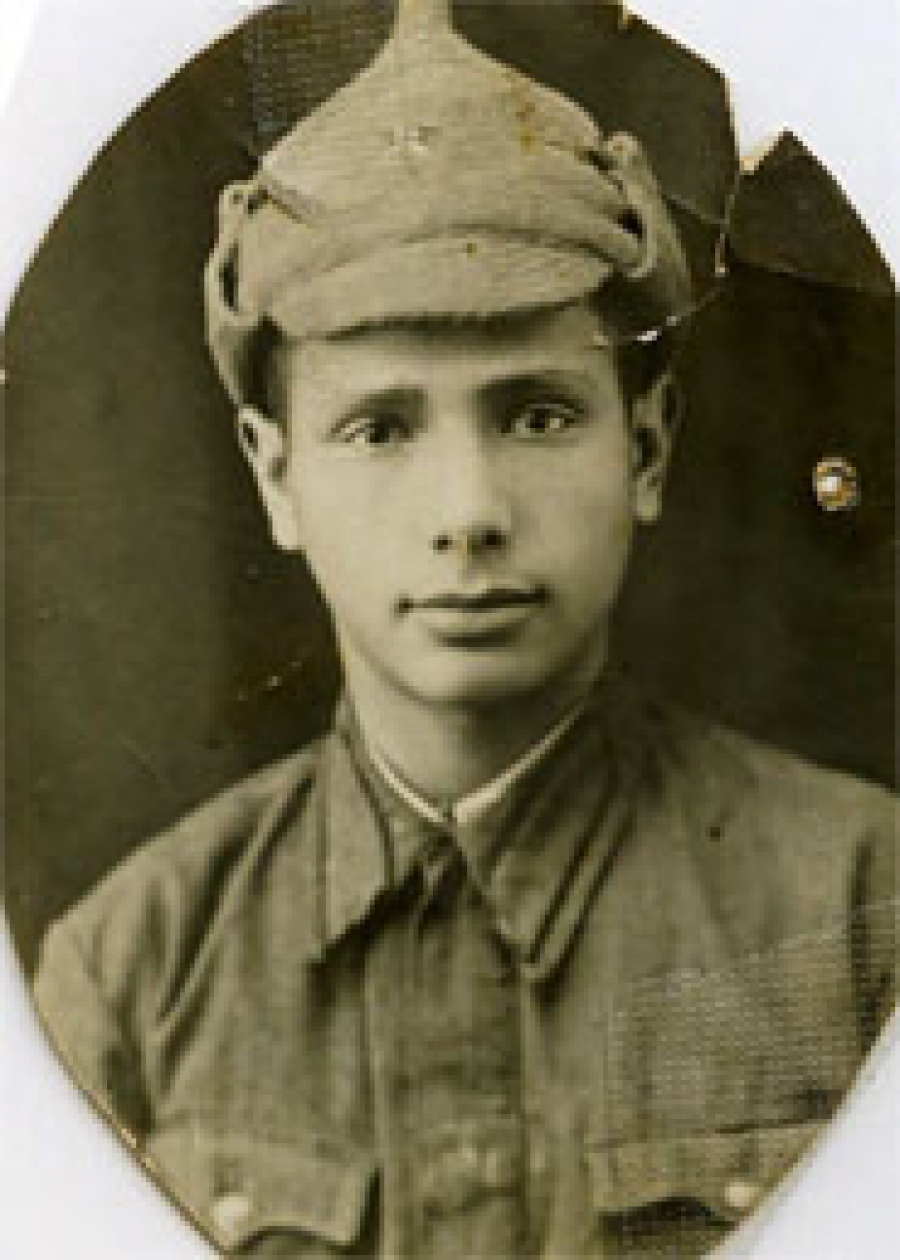Ilia Kogan was born in 1919 in Harbin (China). His parents had previously lived in Ekaterinburg (Russia). His father Aron, a watchmaker by trade, was called up to serve in the White Army commanded by Admiral Kolchak in 1918. Not wishing to serve in this largely antisemitic force, Aron Kogan managed to flee with his wife to Harbin. There, he worked for a Swiss watch company.
In 1922, the Kogan family returned to Ekaterinburg. In 1931, during a wave of mass arrests connected with the Soviet campaign of confiscating gold from the populace, Aron Kogan was sent to jail, where he died. Following the father's death, the situation of the family became difficult, and Ilia had to help the mother raise his younger sisters.
In 1939, Ilia was drafted into the Red Army and took part in the Soviet-Finnish War, which ended in March 1940. In June 1941, following the outbreak of the Soviet-German war, Ilia Kogan was once again sent to the front, this time as a machine gunner in a rifle division. Sergeant Kogan was wounded several times, once very seriously. He wrote to his mother from the hospital, saying that he could neither walk nor hear. However, after recovering Ilia returned to active duty. In late July 1943, he was killed in the fighting for the Siniavino Heights (in the Leningrad Region), where he was buried. In the course of the war, he had been awarded the Order of the Red Star and a number of medals.
In the fall of 2013, a special group searching for the remains of Soviet soldiers and trying to identify them found the remains of Ilia Kogan. Obviously, owing to battle conditions, he was buried hastily, in a swampy area. Found among his personal effects were an Order of the Red Star, a medal For the Defense of Leningrad, and the insignia of the Guards. The search team succeeded in locating some of his surviving relatives, and Ilia Kogan was reburied near his parents at the Jewish cemetery in the city of Ekaterinburg.







